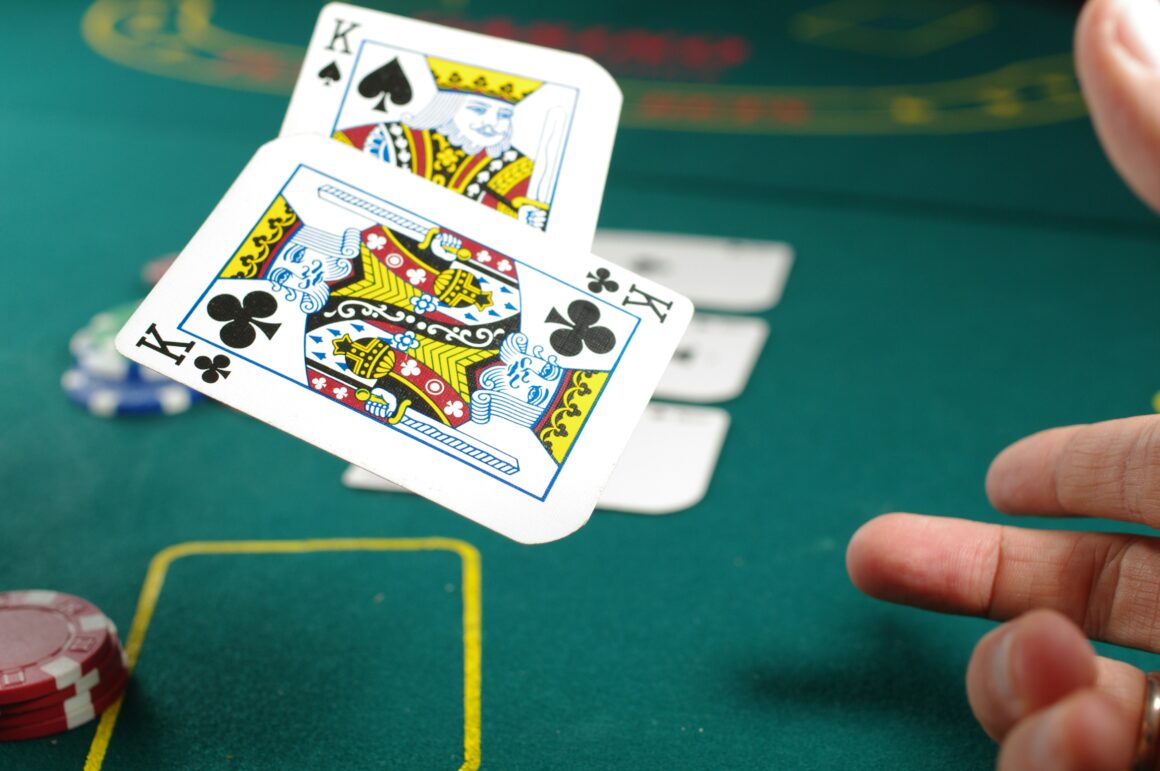Even though Hong Kong leader Carrie Lam has issued a public apology and suspended the controversial extradition bill that incited initial protests almost two months ago, the people of Hong Kong are making it clear there is plenty more to be angry about.
Thousands marched to demonstrate their dissent, flooding the streets in both peaceful and violent protests on July 1, which marked the 22nd anniversary of Hong Kong’s 1997 return to China after British rule. A few hundred activists splintered from the main group, breaking into the Legislative Council building with large metal pipes, spray cans and posters, draping a British version of the Hong Kong flag over a podium. After several hours, the remaining protesters were gradually dispersed by police barricades armed with tear gas and batons.
HK protesters stormed inside legislature and put up a banner that says “There are no rioters, but a tyranny” @SCMPNews It’s a play of words of “rioters” and “tyranny” in Chinese pic.twitter.com/MoCSxCIGQY
— Phila Siu (Bobby) (@phila_siu) July 1, 2019
Police are using tear gas to disperse crowds of protestors in Hong Kong. Watch live ▶️https://t.co/xMKnnvmerv pic.twitter.com/lmJkEFthc2
— Bloomberg TV (@BloombergTV) July 1, 2019
Police and government officials, including Lam, condemned the actions of the protesters, saying the vandalism and battering of the parliament were unacceptable and a blatant challenge to the “rule of law.” Under China’s ‘one country, two systems‘ blueprint, there is supposed to be a separation between the city of Hong Kong, and the lawmaking in China’s capital, Beijing. Ever since Hong Kong gained its independence, it was decided that the city would have the autonomy to make its own decisions surrounding human rights and the rule of law, leaving room for more legislative freedom.
This is why the extradition bill was met with such opposition in Hong Kong, leading to the protest of over a million people on June 9. In theory, the law was supposed to hand over foreigners to their home countries to be properly tried for their crimes. However, many worried that the bill would allow China to extradite Hong Kong residents to the mainland.
The bill has a loophole that would mean those from Hong Kong who have committed event minor crimes or are dissidents, could potentially be arrested by authorities and sent to face charges in China. Which is a place where there is a 99 % conviction rate, more laws restricting basic freedoms, a disregard for human rights violations, and a history of political prosecution. Legal experts opposed talk of extradition for a number of reasons, all citing the fact that the Hong Kong government has already failed on numerous occasions to resist pressure from Beijing and keep the territory fully autonomous.
Within the Democratic Party of Hong Kong, there are a number of conflicting opinions about the increasing violence of the protests. During the charge on the LegCo building, some pro-democracy legislators stepped in to stop protesters. One such legislator, Claudia Mo, said even though she understands the desperation of young people frustrated with a “rubber-stamping body dominated by Beijing minions,” she doesn’t condone the vandalism, and worries about the protesters’ safety. Others think the hostility and violence give China’s leader Xi Jinping an excuse to further pressure Lam not to yield in the face of resistance, and to slowly adopt his more authoritarian policies, beginning with the extradition bill.
Progressive young people and college students, who comprise the majority of these recent protests, said that in the past they haven’t been forceful enough, causing police to think they are “easily bullied.” Recently protesters developed a series of demands to be met by Hong Kong’s government before the uprising ceases. They are calling for:
- A complete withdrawal of the extradition bill (rather than its current suspension).
- An investigation into police brutality. Similar to the kind that occurred during the extradition protests.
- A retraction of statements calling the earlier protests “riots”. Protestors argue that they were unarmed and peaceful, yet were met with unmitigated police force. Plus, rioting in Hong Kong is a crime punishable by up to ten years in prison, which protestors say would be an unfair sentence for their actions. Police say they will not arrest anyone who didn’t directly commit “violent acts”.
- The release of arrested protesters. After the attack on the LegCo building, Lam said the government would not grant amnesty to protestors; rather she said that “any illegal acts” demonstrated during Monday’s protest would be pursued.
- Chief Executive Carrie Lam to resign. Protestors cite her lack of response to demands, and her inability to perform required leadership duties efficiently as reasons why she should no longer hold her current position.
We will NOT back down until all our demands are met. Please share to your friends! #NoExtraditionToChina ##NoExtradition #AntiExtraditionLaw #AntiELAB #SingHallelujahtotheLordhttps://t.co/03wKmRoPYL pic.twitter.com/eLrcxqc9ie
— Joshua Wong 黃之鋒 ? (@joshuawongcf) June 24, 2019
Police have been a focal point of anger for people during the protests, despite authorities claiming officers held back on using extremely lethal force. (This is arguably so that protestors couldn’t weaponize martyrdom, and give their lives to the cause, as several have already done.)
While it is critical that people rise up against a system they believe to be unjust, it is equally important that protestors understand the true gravity of their actions. Sometimes civil disobedience or violence is necessary to create change. Other times, they can simply worsen an already risky state of affairs. What protestors, in Hong Kong or elsewhere, need to realize is that once the line from peaceful protesting to violent demonstrations is crossed, the government will always use that instance to delegitimize dissenting voices.
This means those in power might justify the use of a violent response from police officers or even military engagement to quell what they see as a dangerous insurgency. If violent and destructive tactics are used, they should only be a last resort to oppose oppression and other systemic issues, as they could lead to unnecessary injury and imprisonment. Worse yet, as some have suggested, this violence could be playing directly into the hands of the Hong Kong and Chinese governments, giving them exactly what they want. A chance to inflict stricter and more hostile regimes upon their citizens.
Photo credit: Straits Times


